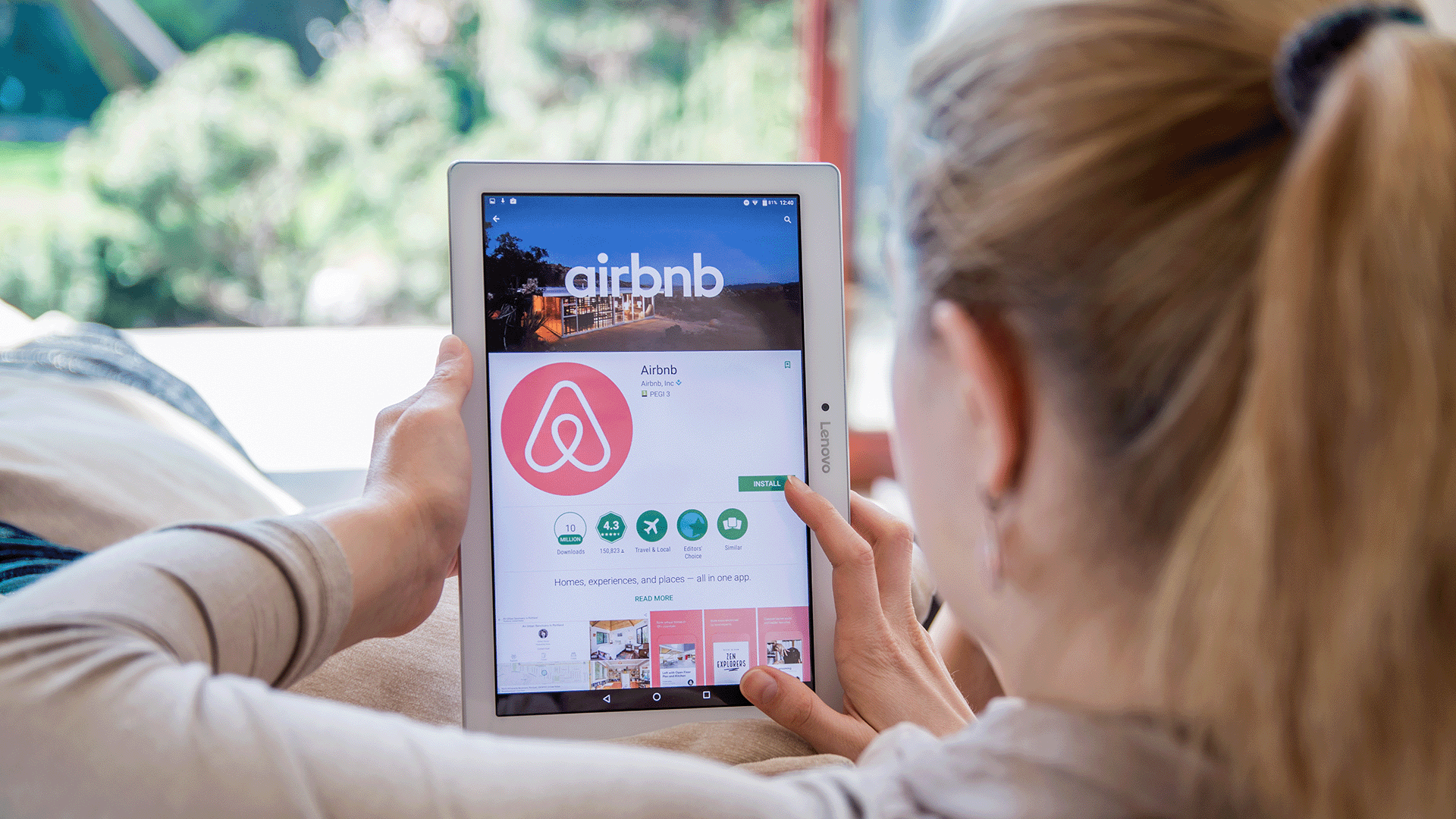|
🧑 Kane Robinson |
🕑 5 minute read |
📅December 2023 |
Finding Market Gaps that lead to Big Business

Home / Learn / Startup Ideas
What Are ‘Market Gaps’?
Google search “market gaps definition” and you’ll get responses like:
“an area that businesses don't currently serve but that there is customer demand for”
and while this is true, ‘gaps’, which ultimately boil down to opportunities, also exist in the realm of 'better', and when it comes to products and services, just about everything can be better.
The big gaps
and therefore big opportunities (which can then turn into big business), are found by those who significantly or completely solve a deep and/or widespread problem, or even solve a problem that most people didn't know they had (think of the first iPhone: an all-screen mobile phone with almost no buttons).

When looking for gaps, your computer and internet could be the only things you'll need
Finding Market Gaps: The Headlines
Having a deeper understanding of consumer behaviour, current trends, and competitive landscapes will enhance your ability to find market gaps. Time invested in better understanding this topic could be well worth it. Tasks such as data analysis, gathering customer feedback, and conducting thorough competitor analysis will be among the core activities in this endeavour.
Modern technology
such as big data analytics and AI, are rapidly evolving and powerful tools you should monitor and experiment with. Such tools have also proven helpful with modelling and predicting the future (in particular scenarios) - which is important because ‘predicting the future’ is the unsung hero of actually succeeding via market gaps. As Harvard Business Review concludes, successful entrepreneurs are those who not only identify these gaps but also understand their potential to be transformed into profitable business ventures (Harvard Business Review, 2020).

Airbnb is a modern example of a market gap being busted wide open
The Story of Airbnb
Airbnb's inception is a classic example of spotting a market gap. During a local conference in San Francisco, the founders realised the city's hotels were booked to capacity. They identified a need for alternative, affordable lodging options, leading to the birth of Airbnb. This idea of offering a home-like experience to travellers was revolutionary and filled a significant gap in the traditional hospitality industry. The Airbnb model resonated with millions of travellers, propelling it to global success and a $100 Billion-Dollar behemoth. This story does have a twist, as recently the demand for Airbnb rentals has significantly decreased - highlighting the dynamic and challenging nature of business and the constant need to pay attention and adapt.
How To Find Market Gaps
Here Are 7 Practical Things You Can Do Right Now:
Have a Good Think: What frustrations or unmet needs have you personally experienced? Could these be indicative of a wider market opportunity? Think both critically and empathically, putting yourself in the customer's shoes. Write it all down.
Mystery Shopping: Act as a customer in businesses within your niche to observe their sales pitches, customer service quality, operational efficiency, and demand. This approach provides real-world insights into how these businesses engage with their customers and manage their day-to-day operations. First consider your ethical boundaries before diving into this.
Analyse Trends with Online Tools: Utilise Google Trends to track search term popularity, gaining insight into consumer interests and market dynamics. BuzzSumo can also help identify top-performing content on social media, reflecting your target audience's engagement. These tools enable data-driven decisions to align with market trends.
Conduct Online Surveys and Polls: Utilise free tools like Google Forms or SurveyMonkey to gather feedback and preferences from your target audience, gaining valuable insights into their needs.
Analyse Competitors: Use online resources like similarweb.com to study competitors' online presence, marketing strategies, customer reviews, and social media interactions.
Engage in Community Forums: Participate in niche-relevant forums such as Reddit, Quora, HomebrewTalk, or GardenWeb to gain firsthand knowledge of the latest trends, challenges, and customer pain points in your area of interest.
Utilise Social Media Listening: Monitor discussions related to your niche on social media platforms to stay informed about current conversations, trends, and customer sentiments. Tools like Hootsuite offer free basic plans for this purpose.
Converting Opportunities into Startups
Once a market gap is identified, the next step is transforming it into a viable business idea. This involves validating the idea, either through market research or prototype testing, followed by strategic planning on how to fill this gap effectively. Securing funding, either through investors or crowdfunding, could be on the cards. Forbes (2021) highlights the importance of a well-structured business plan and clear value proposition in this process.

A man blasting into a gap - according to AI
Conclusion
Identifying and exploiting market gaps can make business explode. By deeply understanding customer needs, staying abreast of trends, and being innovative in solutions, aspiring entrepreneurs can turn these gaps into wildly profitable ventures.
References:
Harvard Business Review, 2020. "Identifying Market Opportunities for New Businesses."
Forbes, 2019. "The Story of Airbnb: Filling the Gaps in Hotel Industry."
Business Insider, 2021. "Beyond Meat's Strategy in Plant-Based Market."
TechCrunch, 2022. "Duolingo: Revolutionizing Language Learning."
Forbes, 2021. "The Importance of Business Planning in Startups."
Are you ready to launch a business or grow an existing one?
Book a free strategy call and we'll provide free advice on how to achieve maximum results with your new venture.